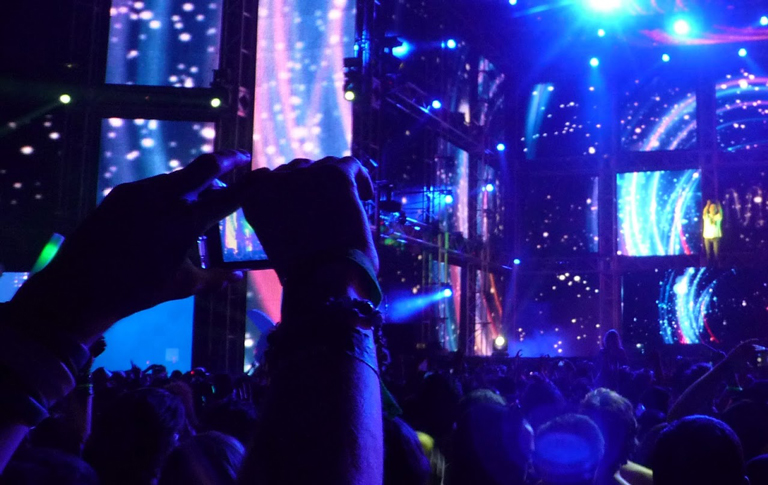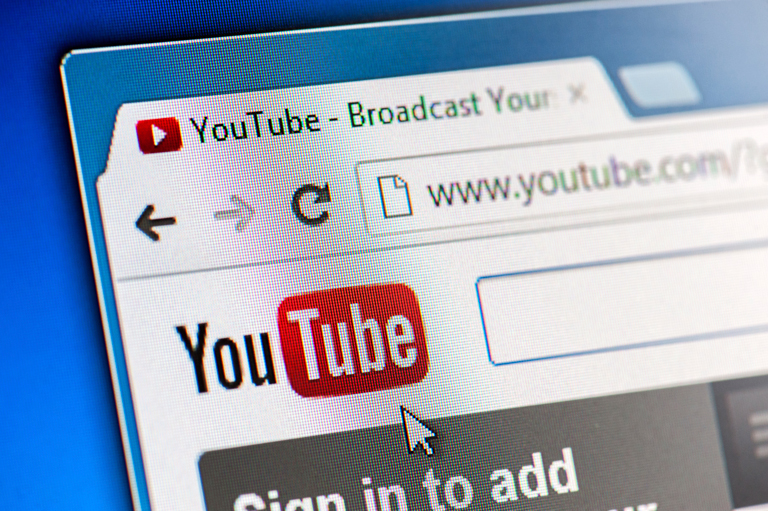By Fred Von Lohmann, Copyright Director at Google
Much ink has been spilled explaining how the protection of exclusive rights in intellectual property (IP) has spurred innovation, creativity and culture. In today’s digital economy, however, a corollary to this axiom has emerged: Sensible limitations on those exclusive rights are just as crucial for innovation, creativity and culture. For copyright, in particular, limitations on exclusive rights are driving economic growth, opening new opportunities for creators and incubating new technologies. This perspective reveals limitations on and exceptions to copyright not as grudging concessions, but rather as coequal partners with exclusive rights in copyright’s mission to create incentives for culture and innovation.
Let’s look at four examples from today’s digital economy: platforms, private copying, remixing and machine learning. What ties these seemingly disparate subjects together? In all four cases, sensible limitations on copyright play a key role in creating incentives for creators and innovators. These incentives, in turn, spur more creativity and investment, just as sound copyright policy should.
Platforms
Today, more than 400 hours of video are uploaded to YouTube each minute. Most of this new creativity would not have occurred but for the existence of online platforms like YouTube that allow amateur and professional creators to reach global audiences. Similar explosive growth in creative output can be seen on many other online platforms such as Facebook, Twitter and Snapchat, where more than 1.8 billion new photos are posted every day. Software developers are writing more software than ever before, thanks to new opportunities made possible by platforms like GitHub, Apple’s iTunes App Store and Google’s Play App Store. Writers and journalists are finding their voice on platforms like Blogger, Medium and Tumblr. New musicians are thriving on BandPage, SoundCloud and, of course, YouTube. In short, creativity has enjoyed a sudden and remarkable growth spurt. Why? A big part of the reason is the plethora of new online platforms that enable creators to find audiences at low or no cost.
And when it comes to online platforms, copyright law is at the center of the story. Were it not for sensible copyright “safe harbors”, these platforms would not exist today in their present form. The United States, for example, enacted the Digital Millennium Copyright Act (DMCA) in 1998, which limits the copyright liabilities of online service providers in exchange for their implementing measures, such as “notice-and-takedown”, to assist rights holders in combating online infringement. Europe adopted similar “safe harbors” in 2000, and more recently this approach has been adopted in a number of multilateral and bilateral trade agreements. The online platforms that are spurring a flood of new creativity depend on copyright accommodations like these.
Private copying
Is there anything more natural in today’s digital environment than expecting that you will be able to access all of your personal files from any device, in any location? Rigid application of copyright laws, however, would treat these everyday activities as potential infringements.

Fortunately, most modern economies have copyright exceptions in order to make room for our modern digital reality. Some countries, like France and Germany, have “private copying” exceptions, whereas others, like the United States, rely on more general exceptions like “fair use.” But whatever you call it, some accommodation in copyright law is absolutely crucial to bring the fruits of the digital age to modern consumers. Otherwise, the most basic private activities – such as browsing the web, or backing up your computer, or copying music to your phone – could trigger liability. Even the theoretical possibility of such an outcome undermines the acceptability of copyright law in the eyes of the public. But if this clash between mobile computing and copyright becomes more than just theoretical, it could lead to the providers of cloud services pulling out of markets, to the detriment of innovation, competition, and consumer welfare.
This is why, in the influential 2011 Hargreaves Report commissioned by the UK government, the adoption of a modern private copying exception was strongly recommended. The reasons are two-fold: first, to maintain the validity of copyright in the eyes of the public, and second, to foster innovation in mobile and cloud technologies that depend on private copying. While the UK has yet to make good on that specific recommendation of the Hargreaves Report, the report’s analysis is instructive for any modern economy that wants a copyright law that aligns with legitimate, everyday consumer expectations. And even in countries that have adopted a private copying exception, we must be vigilant to ensure that exceptions designed for the age of photocopiers keep up with the needs and expectations of today’s mobile phone users.
Remix
The fact that creators often rely on prior works to build their own is nothing new – we all “stand on the shoulders of giants”. But in today’s digital world, “remix” has become central to the work of many creators who repurpose and transform existing works in order to comment on, criticize, celebrate and satirize our media-driven culture. US comedy programs like The Daily Show satirize cable news programming every evening, relying on clips taken from other cable news networks. YouTube creators edit and comment on each other’s content as a matter of course. Global pop stars like the Republic of Korea’s Psy and US DJ Baauer rocket to stardom as the result of thousands of fans spreading remixes and re-enactments of their famous music videos. Players new to Minecraft learn about it from YouTube videos that incorporate footage from the game. Even the White House has taken to using “memes” to defend its position on topics like the recent Iran nuclear deal.
In today’s “remix culture”, it is clear that copyright law cannot treat transformative works as equivalent to piracy. Here, too, sensible limits on exclusive rights can act as an incentive to further creativity and innovation. In countries that recognize “fair use”, for example, remixing can be accommodated while still protecting creators from uses that undermine existing markets. Canada, for example, has recently adopted an exception intended to give the green light to certain noncommercial video remix practices. And traditional exceptions in favor of quotation can be modernized to take these new cultural practices into account, making it possible for more creators to stand on the shoulders of more giants.
Machine learning
While online platforms, mobile devices and cloud services are compelling in their own right, we must remember that the value of that which has not yet been invented always exceeds the value of everything invented so far. And while it’s impossible to predict the future, early signs suggest that machine learning may well be a key component of the next leap forward in innovation and economic growth.

Here, too, sensible limitations on copyright have a role to play. Machine learning technologies frequently depend on having large sets of data and information to analyze. These data sets may in some cases include material protected by copyright. Consider creating an automated text translation system using a corpus of books translated into multiple languages, or a medical diagnostics system using medical texts and journal articles, or an image recognition system using millions of photographs. These kinds of non-expressive and intermediate uses of copyrighted works cause no harm to the market for copyrighted works. This is another example of how well-designed limitations on copyright can and should help spur economic growth, competition and innovation.
For too long, the focus has been on exclusive rights as the principal driver of investment in innovation, culture and creativity. Without question, exclusive rights are a critical part of our global intellectual property system. But we must recognize that limitations on and exceptions to those exclusive rights are every bit as important in shaping the incentives that spur creativity and culture, and drive technological innovation.